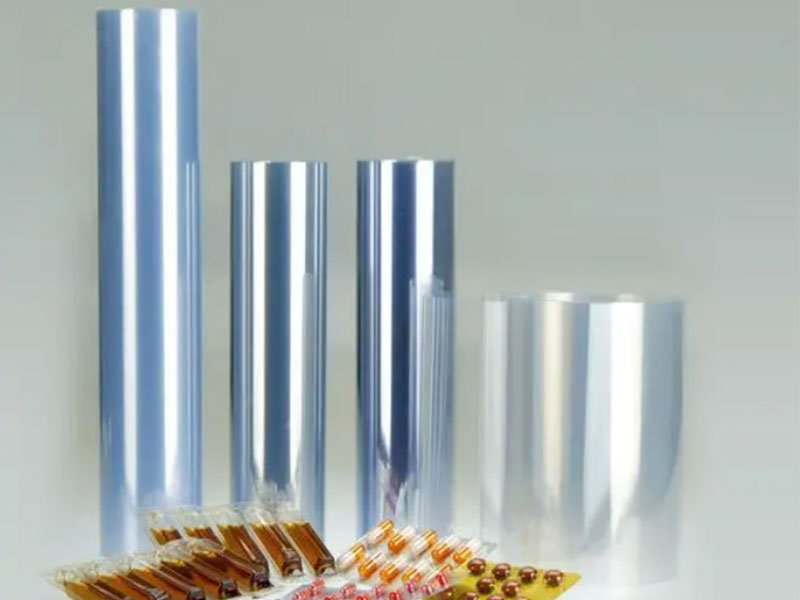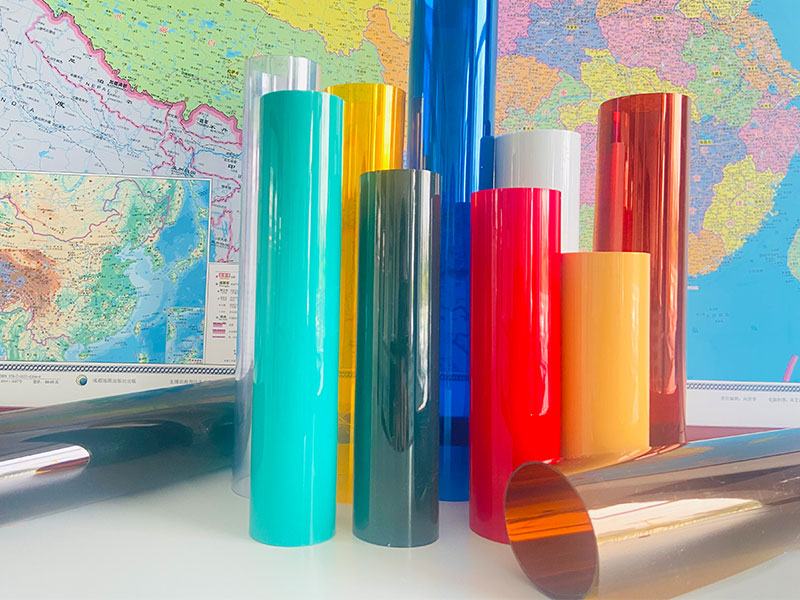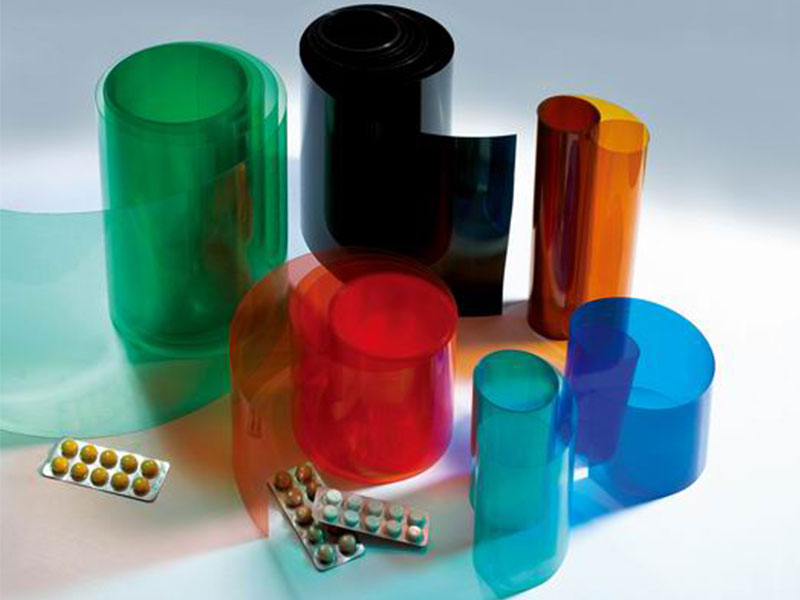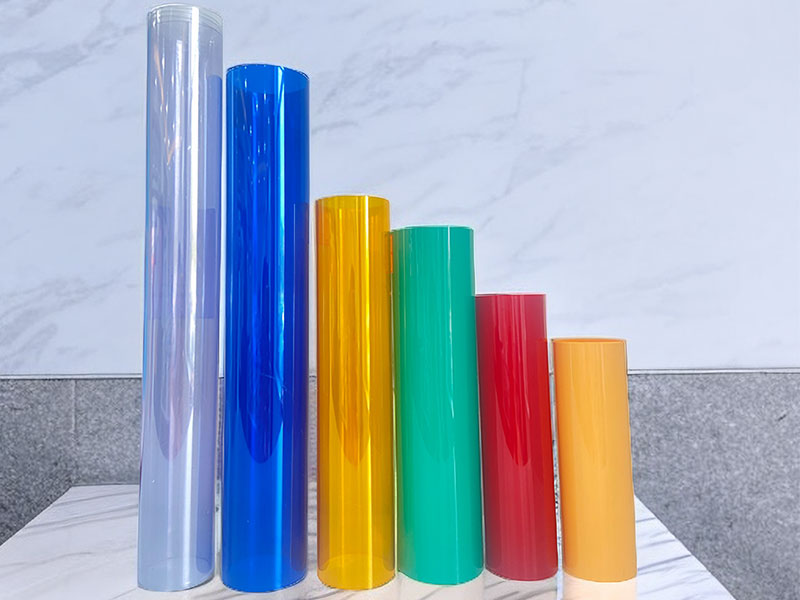Printred aluminum foil for blister Medical package
In the highly regulated pharmaceutical industry, packaging plays an essential role in ensuring drug safety, efficacy, and patient compliance. Among various packaging materials, printed aluminum foil has emerged as a pivotal component for blister medical packaging. This innovation bridges the gap between protection, information, and brand communication, offering a multifaceted solution specifically tailored for sensitive medical products.
The Functional Core of Printed Aluminum Foil in Blister Packs
Blister packaging provides individual doses of medication housed in cavities sealed airtight by a lidding material—often aluminum foil. The primary role of aluminum foil here is to serve as a strong, impermeable barrier protecting the pharmaceutical contents from moisture, oxygen, light, and other environmental factors that may compromise their integrity and shelf life.
Printing directly onto aluminum foil intended for medical blister packaging presents unique challenges compared to other substrates. The thin gauge of the foil necessitates careful consideration of ink adhesion and potential delamination during the blister forming process. We've found that UV-curable inks offer superior adhesion and faster curing times, minimizing downtime and improving production efficiency. However, migration of ink components into the packaged medication is a critical concern, demanding the use of FDA-approved, pharmaceutical-grade inks. Even minor inconsistencies in the printing process, such as ink density variations or insufficient curing, can lead to blotches, smudging, or even complete ink failure, compromising the integrity of the packaging and potentially affecting the product's sterility.
Beyond ink selection, the printing process itself must be optimized. High-precision printing techniques, such as flexography or rotogravure, are preferred to ensure crisp, legible printing that meets regulatory requirements for clarity and accuracy in medical labeling. Careful control of the foil's tension during printing is vital to prevent stretching or tearing, especially when dealing with intricate designs or small text. We've seen improvements by implementing inline quality control systems using optical sensors that identify print defects in real-time, preventing the production of faulty packaging and minimizing waste. Ultimately, producing print-ready aluminum foil for medical blister packs demands a meticulous approach, balancing speed and efficiency with stringent quality control to ensure patient safety and regulatory compliance.
Printed aluminum foil enhances this standard function by integrating graphic elements directly onto the lidding material. This integration supplies essential information such as batch number, expiration date, dosage instructions, regulatory symbols, and branding—crucial for both users and healthcare professionals. Incorporating print technology into medical-grade aluminum foil adds a valuable layer of communication while keeping strict material performance intact.
Why Printed Aluminum Foil is a Medical Packaging Game-Changer
Superior Barrier PropertiesThe base aluminum foil substrate used in blister packs offers complete impermeability to gases, moisture, UV light, and microbial contamination. High-purity aluminum, often exceeding 99%, is cold-rolled to thicknesses ranging from 10 to 30 microns, providing a perfect balance between flexibility and durability. These properties ensure the pharmaceutical product stays uncontaminated, maintaining efficacy throughout its shelf life.
Customized, High-Resolution Permanent PrintUsing advanced printing technologies such as rotogravure or flexographic printing, pharmaceutical information is applied using FDA-approved inks that can endure lamination, blister forming, and storage without fading. The print exhibits crisp details, even on ultra-thin foil surfaces, ensuring legibility and compliance with GMP (Good Manufacturing Practices). This caters to anti-counterfeiting demands while aiding patient instructions.
Compatibility with Automated Packaging SystemsPrinted aluminum foils are engineered to shine in high-speed blister pack manufacturing lines. Special consideration is made to optimize ink adhesion and foil tensile strength to withstand thermoforming and sealing processes without peeling or cracking. This reliability ensures uninterrupted mass production essential for meeting global pharmaceutical demand.
Safety and Environmental ConsiderationsThese foils are carefully formulated for food-grade and medical-grade certifications that testify to their safety. The aluminium base is also highly recyclable, fitting seamlessly into sustainable packaging strategies—a growing concern for healthcare providers worldwide.
Applications Beyond Standard Pharmaceuticals
While painkillers and supplements are obvious products for blister packs with printed aluminum foil, innovation extends this to more niche medical uses:
- Vaccines and Biologics: Maintaining preservation condition indicators directly on foil for potent new treatments.
- Diagnostic Strips and Kits: Precise codes and expiry markers directly printed for quick calibration in labs.
- Pediatric and Special Need Medications: Easily decipherable print for easier dosing and compliance from anxious caregivers.
https://www.al-alloy.com/a/printred-aluminum-foil-for-blister-medical-package.html





